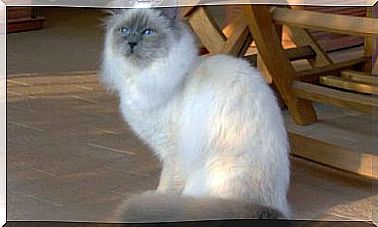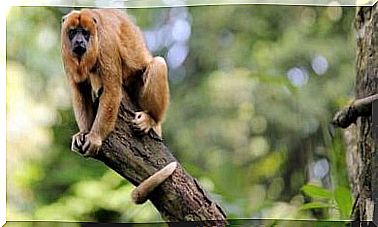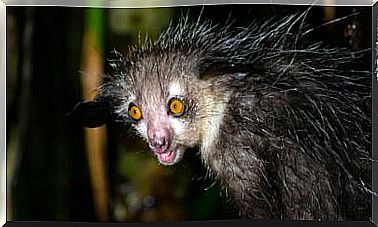Discover These 5 Species From The Amazon River

The piranha is perhaps the best known inhabitant of the Amazon River! However, there are other animals less “famous”, but more interesting… What do you think of the manatee in the photo above?
The Amazon River is the largest and most powerful in the world. The Amazon region, one of the areas with the greatest biodiversity on the planet, is the refuge of millions of species of animals and plants, many of which have yet to be discovered. Discover 5 species from the Amazon River that most interest the scientific community.
manatee
The manatee is the largest mammal in this ecosystem. This gray-skinned giant weighs about 454 pounds and measures three meters in length.
It is found mainly in the north of the Amazon River basin, where it is known as the ‘sea cow’. The manatee’s diet is essentially made up of plants that grow on the banks of the river.
The deforestation, unfortunately, is putting this power supply of endangered species. On the other hand, its high value on the black market has led this animal to be in danger of extinction.
The Amazon River Dolphin
This species of dolphin, surrounded by a mythological aura that saved it from poaching, spends its life swimming among the trees of the Amazon rainforest.
The Inia geoffrensis, also known as porpoise or pink dolphin, weighs up to 200 kilos and measures up to 2.50 meters in length.

Morphologically adapted to its murky water environment, the Amazon River dolphin has practically no vision. Its high forehead and thin, elongated snout allow it to hunt among the branches and roots of the submerged Amazon bed.
This species has no predators, but pollution, overfishing and boat propellants have considerably reduced its population.
The piranha, one of the most feared species in the Amazon River
These small fish with sharp teeth are the species travelers fear most. Its diet of fish and small dead animals helps the Amazon ecosystem to rid itself of toxins generated by the abundant decaying meat in its rivers.

It is estimated that there are between 30 and 60 varieties of piranhas, and that only 5 of them pose a danger to humans, namely:
- The red piranha or Pygocentrus nattereri
- The black piranha or Serrasalmus rhombeus
- The Serrasalmus Piraya
- The silver piranha or Serrasalmus ternetzi
- Serrasalmus hollandi
The giant tortoise of the Amazon River
With the scientific name Podocnemis expansa, the giant Amazon tortoise can reach a meter in length and weigh almost 100 kilos. Females tend to be heavier, as their bark is considerably thicker than males.
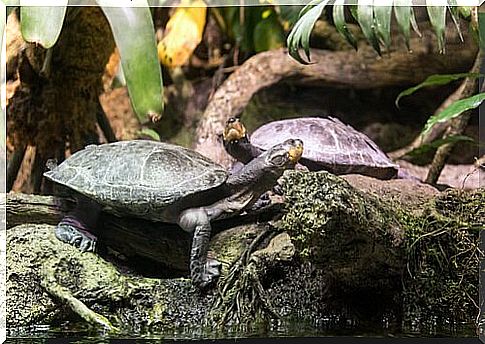
This species of turtle usually does not come out of the water, with the exception of females, which lay eggs on river beaches. Once eggs are buried, they usually return to water immediately.
The predators that most pose a threat to these turtles are several species of birds that generally wait for the eggs to hatch and then devour the young.
It is believed that only 5% of puppies survive in these cases.
the electric eel
This species can emit electrical shocks of up to 850 volts, five times the voltage generated by a household electrical outlet. The electric eel is one of the most dangerous wildlife in the Amazon River.
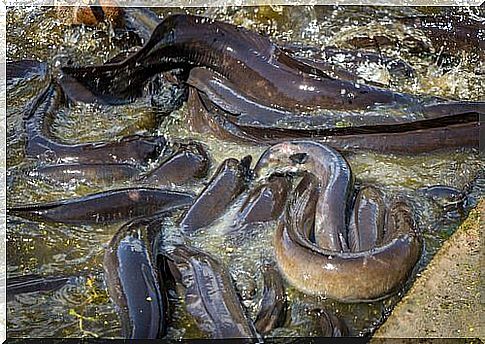
We can find her in the murky waters of the Amazon River, an environment that reduced her vision to a minimum and caused her to use her electrical discharges both to hunt and to defend herself.
Despite its name, the electric eel is not an eel as such, but a species of fish in the Gymnotidae family. Its life expectancy is up to 15 years, and its diet consists of fish, amphibians and small birds.
